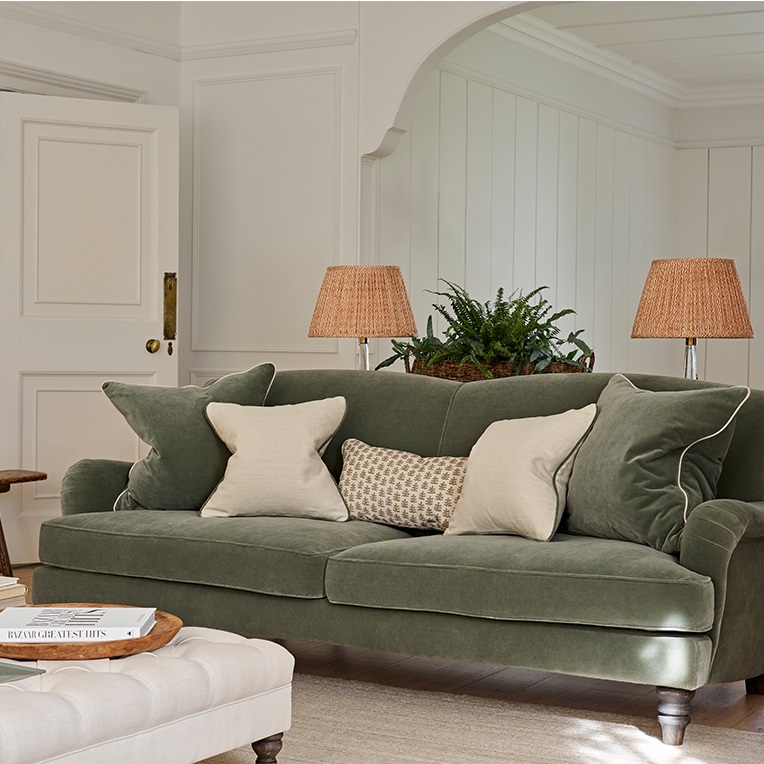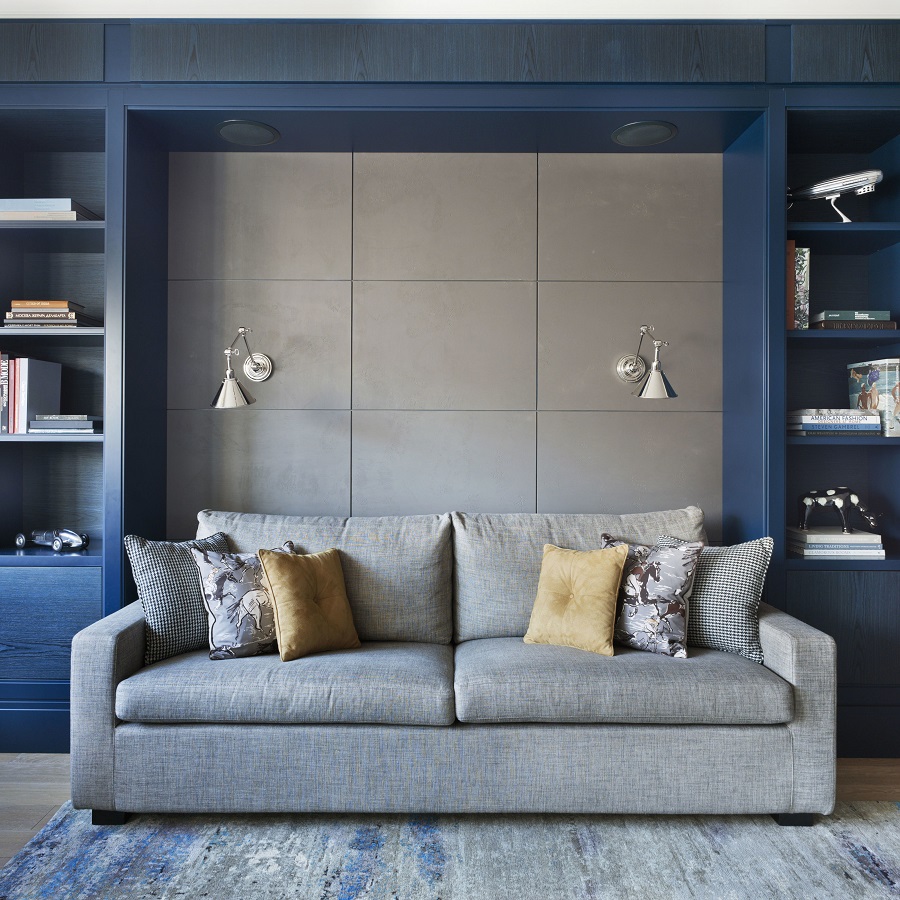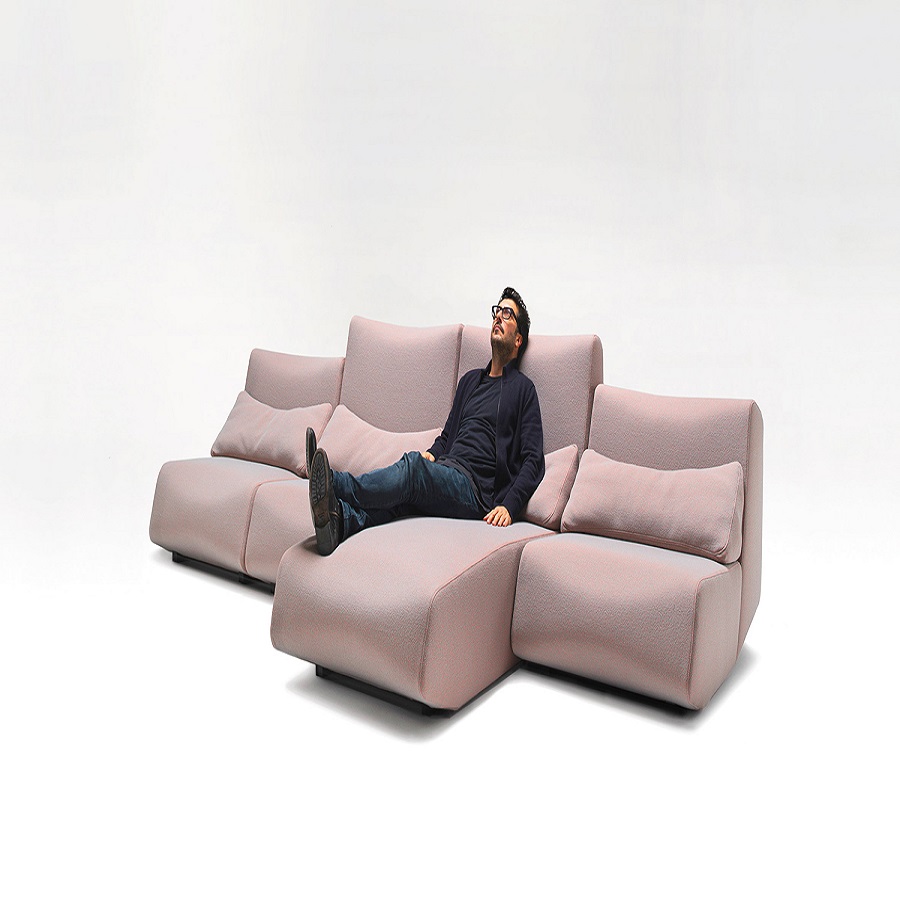Historical Origins of Couches and Sofas
Delving into the historical origins of couch and sofa sheds light on their distinct forms and uses over time.
The Evolution of the Sofa
The sofa, derived from the Arabic term ‘suffah’, tells a tale of elegance and formality. Historically, a ‘suffah’ was a raised platform lined with rugs and cushions, marking a place for esteemed guests in homes. Transitioning into the 17th century in Europe, the sofa evolved into an upholstered bench with arms and a backrest, emphasizing its use for multiple seated guests and formal settings like drawing rooms.
The Development of the Couch
On the other hand, the term ‘couch’ comes from the French word ‘coucher’, meaning to lie down. Initially, couches were designed without backs or arms, serving as a mere reclining place. Over centuries, couches transformed, borrowing features such as backrests and arms. This evolution allowed couches to serve dual functions – for sitting and lying down, making them a more informal and adaptable piece of furniture often used in private living spaces or family rooms.
Exploring these origins explains the current differences in design and utility between couches and sofas, driven largely by their historical usages and cultural evolutions.

Structural Differences Between Sofas and Couches
Design and Construction
The design and construction distinguish a sofa from a couch significantly. Sofas generally feature more elaborate designs with structured frames, firmer cushions, and distinct arms and backs, showcasing a more formal aesthetic suitable for living rooms. In contrast, couches prioritize comfort and versatility, often exhibiting simpler constructions. Some may lack armrests or have only one, contributing to a more casual and inviting appearance perfect for dens or media rooms.
Size and Space Considerations
When considering the size and space, sofas and couches cater to different living environments. A sofa, typically larger, requires more room and is ideal for seating several people comfortably, making it a good fit for spacious areas or as a focal point in an open-concept layout. Couches, smaller and more adaptable, are designed for compact spaces or as additional seating options. Their versatility makes them suitable for various room layouts without dominating the space.
Functional Use of Couches vs. Sofas
The difference between a couch and a sofa isn’t just about appearance but also their functional uses. The purpose they serve in a home greatly affects their design, placement, and the atmosphere they create.
Formal vs. Informal Settings
Sofas often appear in more formal settings such as living rooms and guest rooms. They feature structured frames and elegant designs, enhancing the room’s decor. For instance, a Victorian-style sofa with its intricate details can elevate a formal living space significantly. Couches, with their casual aura, fit better in informal settings like family rooms or dens. Their comfort-first design invites relaxation and casual lounging, making them ideal for a laid-back environment.
Seating Capacity and Configuration
When it comes to seating capacity and configuration, sofas usually offer more space. They can comfortably seat three or more people, making them suitable for larger gatherings. Their structured shapes often allow for a matching set with other living room furniture. In contrast, couches often cater to smaller spaces. They can be compact, which makes them versatile for various configurations. This adaptability allows a couch to fit snugly in smaller apartments or as supplementary seating in a spacious room. Their design often focuses on maximizing comfort rather than accommodating more people.

Style and Aesthetics: Couches vs. Sofas
When exploring the difference between a couch and a sofa, style and aesthetics play crucial roles. Each type of furniture brings a unique touch to home decor, influenced by current design trends and material choices.
Design Trends and Material Choices
Current design trends greatly influence the materials used for couches and sofas. Sofas often feature high-quality fabrics like leather or velvet, emphasizing luxury and durability. These materials match their formal setting, typically found in living rooms or official lounges. In contrast, couches might use softer, more comfortable materials like cotton or linen, promoting a relaxed and welcoming atmosphere suitable for family rooms or dens.
Sofas are often seen in neutral or classic colors, contributing to a sophisticated aesthetic. Couches, however, might sport vibrant colors or bold patterns that echo the informal vibe of the spaces they occupy. As design trends evolve, the gap between the materials used for couches and sofas might narrow, reflecting a blend of comfort and elegance in modern homes.
Matching Furniture Sets and Themes
Sofas often come as part of a coordinated set, including matching armchairs and loveseats. This coordination is perfect for homeowners looking to create a cohesive decor theme in their living spaces. Typically, these sets are chosen for formal areas where a unified look adds to the overall elegance of the room.
Conversely, couches provide the flexibility to mix and match various furniture pieces. This adaptability allows them to fit into diverse themes and setups, from minimalist to eclectic. Couches are ideal for more personal spaces where comfort and individuality are more important than strict style rules. Their ability to blend with different decors makes them suitable for rooms that frequently change in style or purpose.
Both couches and sofas contribute significantly to a home’s interior design, but their choices in materials, colors, and setups reflect their different uses and settings.
Cultural Perceptions and Language
When discussing the difference between a couch and a sofa, cultural perceptions and language have significant roles. How we refer to our furniture often reflects regional dialects and cultural nuances.
Regional Preferences for Terminology
Different regions have distinct preferences for the terms ‘sofa’ and ‘couch’. In many parts of North America, ‘sofa’ is the more commonly used term, especially within the furniture industry, signaling a more formal piece. On the other hand, ‘couch’ is often used informally and connotes a more relaxed setting. Some areas may predominantly use one term over the other based on local vernacular.

The Influence of Language on Furniture Choice
The language used by furniture retailers and advertisers can influence customers’ perception and, consequently, their choice of furniture. When a furniture piece is marketed as a ‘sofa’, customers might associate it with a formal and elegant living space. Conversely, when labeled as a ‘couch’, it may be perceived as more casual and cozy, suitable for family rooms or leisure areas. Understanding how these terms shape perceptions can help consumers make informed decisions that align with their lifestyle and home aesthetics.
Practical Advice for Furniture Buyers
Navigating the world of sofas and couches can be overwhelming. Here’s some practical advice to assist in selecting the perfect piece for your space.
Choosing the Right Furniture for Your Space
When hunting for new furniture, consider the size of your room and the intended purpose of the piece. A large sofa may dominate a small room, whereas a couch can comfortably fit without overcrowding. For formal settings, opt for a sofa with its matching set to elevate the space’s sophistication. If you’re after a relaxed vibe, a cozy couch is your go-to. Ensure it complements other decor elements for a harmonious look. Remember, the right choice should balance style, comfort, and functionality to suit your lifestyle.
Tips for Maintaining Sofas and Couches
To prolong the life of your choice, regular maintenance is key. Use a vacuum with a soft brush attachment to remove dust and debris. Attend to spills immediately with the appropriate cleaner to prevent stains. Rotate the cushions periodically to even out wear. Avoid direct sunlight to prevent fading, and consider professional cleaning yearly for deep sanitation. Simple care can keep your sofa or couch looking fresh and inviting for years to come.


